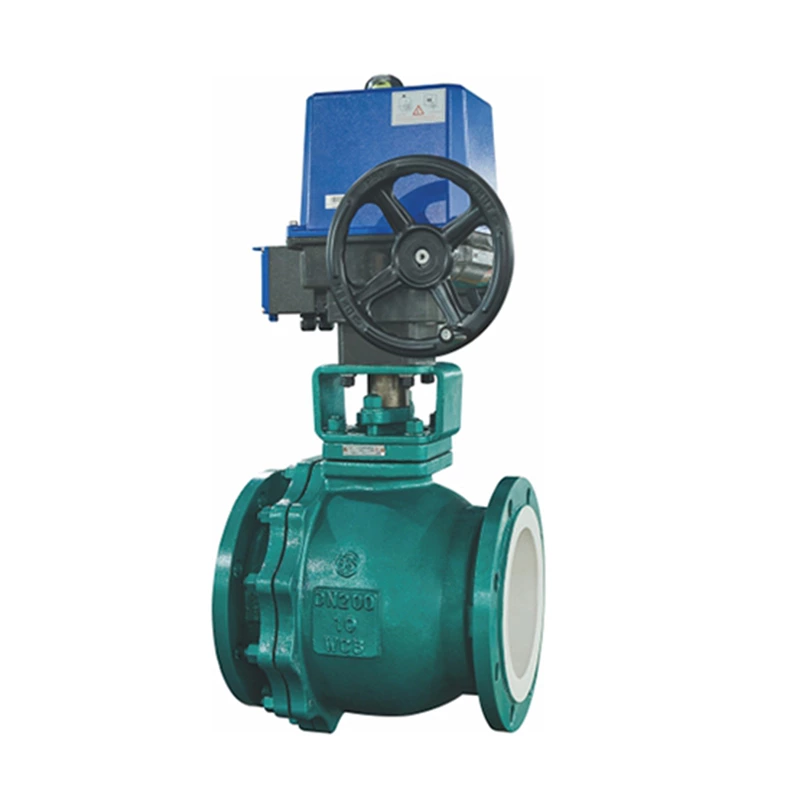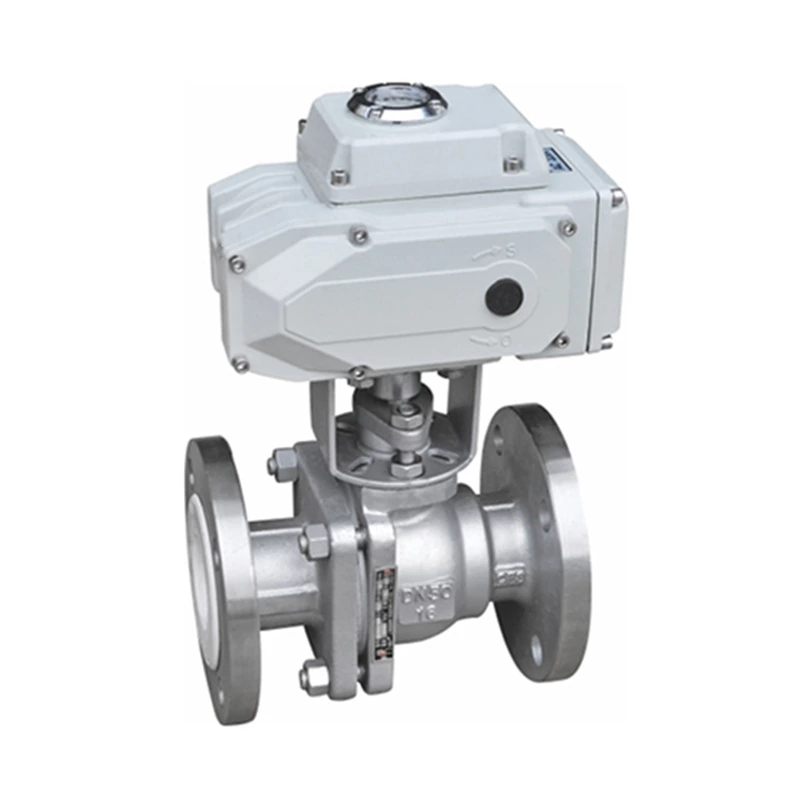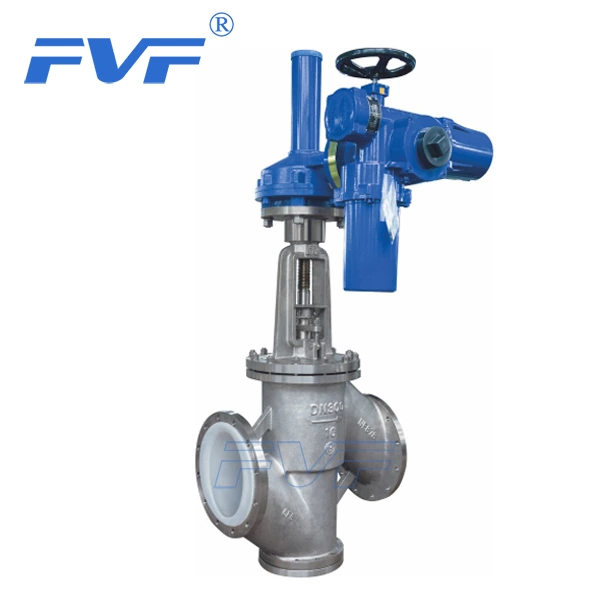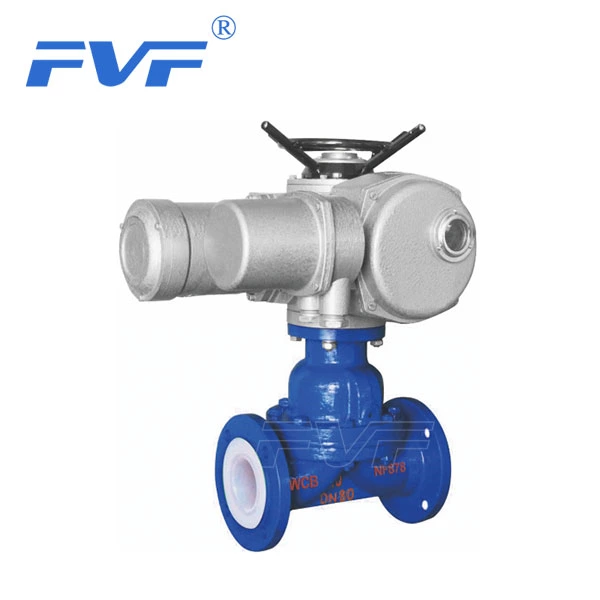How To Solve The Problem Of Internal Leakage Of Fluorine-lined Ball Valve
When Lined Ball Valve encounters internal leakage, the following steps can be taken to solve it:
1. Preliminary inspection and diagnosis
Observation and confirmation: Use the valve position observation hole or manually check whether the valve can be fully opened or fully closed.
If the valve cannot be fully opened or fully closed, it may be that the limit setting is improper, and the manual limit or electric head limit needs to be adjusted.
Determine the cause of internal leakage: If the valve has been opened and closed but still has internal leakage, it may be caused by aging, wear or impurity blockage of the sealing ring.
2. Treatment measures
Inject cleaning agent: Use a grease gun to evenly and slowly inject the specified amount of valve cleaning agent through each grease nozzle of the valve.
Each time the cleaning agent is added, keep it in the valve body for more than 30 minutes, and operate the valve once to allow the cleaning agent to be applied to the ball surface as much as possible through the valve seat.
The cleaning agent helps to remove impurities in the valve body and eliminate internal leakage caused by impurities between the sealing ring and the valve ball.
Inject grease: If the valve still has internal leakage after multiple injections of cleaning agent, grease can be evenly injected through the grease nozzle when the valve is fully open or fully closed.
After injecting an appropriate amount of grease, open and close the valve several times (if it is not allowed to be closed, open and close 30 to 50 degrees each time) to allow the grease to fully contact the valve ball and the sealing ring.
Grease can wash away impurities in the sealing ring and form an oil film, reduce friction resistance, and help solve the problem of internal leakage.
Replace the sealing ring: If the above methods cannot solve the problem, it may be that the sealing ring is aged or severely damaged, and a new sealing ring needs to be replaced.
When replacing the sealing ring, ensure that the quality of the new sealing ring meets the requirements and is properly installed.
III. Preventive measures
Regular inspection and maintenance: Regularly inspect and maintain the fluorine-lined ball valve, including checking the tightening of the bolts, the state of the sealing ring, and the flexibility of the valve stem rotation.
Discover and deal with potential problems in a timely manner to avoid problems that worsen and cause internal leakage and other failures.
Choose high-quality products: When purchasing fluorine-lined ball valves, choose brands and models with reliable quality to ensure that the products have good sealing performance and durability.
Correct installation and use: The installation of fluorine-lined ball valves must follow relevant specifications and standards to ensure that the installation quality meets the requirements.
During use, avoid problems such as valve damage or internal leakage caused by improper operation or overload.
In summary, dealing with the internal leakage problem of fluorine-lined ball valves requires starting from preliminary inspection and diagnosis, treatment measures, and preventive measures. Through scientific and reasonable treatment methods and preventive measures, the incidence of internal leakage problems of fluorine-lined ball valves can be effectively reduced, ensuring the normal operation of the equipment and extending its service life.







